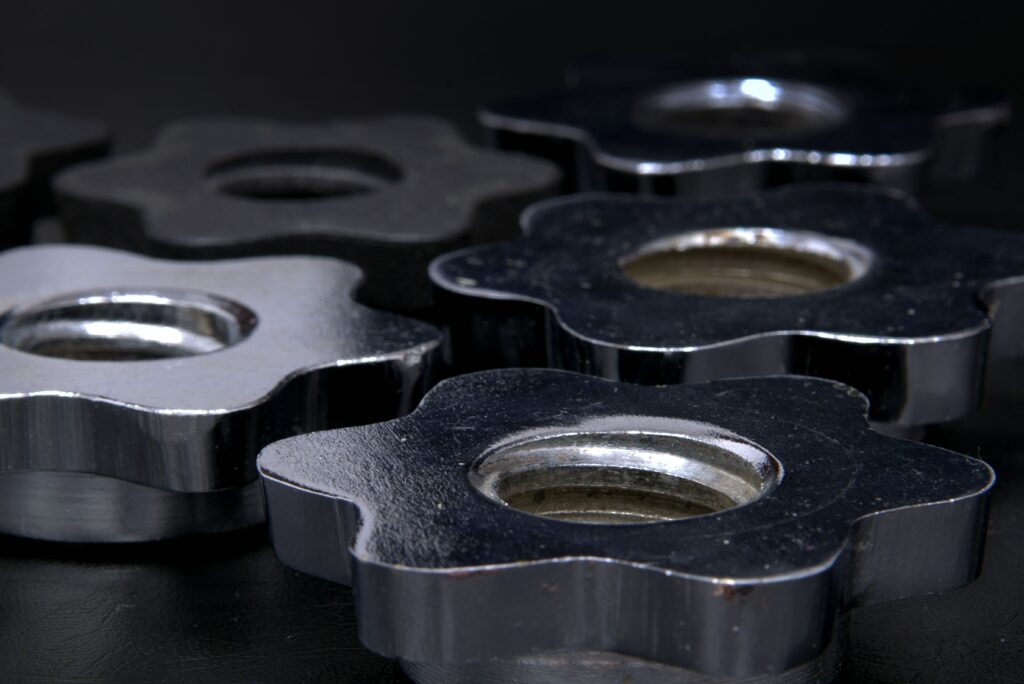Introduction
Duplex stainless steels constitute a family of stainless steel grades that combine the characteristics of austenitic and ferritic stainless steels. They exhibit an intricate microstructure that gives them a unique balance of mechanical and corrosion-resistant properties. This article explores the characteristics, applications, and advantages of duplex stainless steel, shedding light on the science behind its strength and versatility.
The Composition of Duplex Stainless Steel
Duplex stainless steels are characterized by their dual-phase structure that contains roughly equal proportions of austenite and ferrite. This metallurgical structure is the primary driver behind their superior characteristics. The exact chemical composition can vary, but typical duplex stainless steel comprises about 22-25% chromium, 5-7% nickel, 3-5% molybdenum, and lower amounts of carbon compared to conventional stainless steels. Nitrogen and manganese are also commonly present to enhance the properties of the steel.
Characteristics of Duplex Stainless Steel
- Strength: Duplex stainless steels demonstrate high strength, often double that of austenitic and significantly greater than ferritic stainless steels. This strength makes them suitable for many demanding applications.
- Corrosion Resistance: They offer excellent resistance to a wide range of corrosive environments, especially those associated with chloride stress corrosion cracking, pitting, and crevice corrosion. The high chromium, molybdenum, and nitrogen content contribute to their excellent corrosion resistance.
- Toughness and Ductility: While offering high strength, duplex stainless steels maintain good toughness and ductility, although they may be somewhat less ductile than austenitic grades.
- Weldability: Duplex stainless steels can be welded successfully with relative ease, but care must be taken to preserve the balance of austenite and ferrite in the weld metal and heat-affected zones.
Applications of Duplex Stainless Steel
Thanks to its distinct blend of properties, duplex stainless steel is used in a broad range of applications:
- Oil and Gas Industry: Due to its high strength and corrosion resistance, duplex stainless steel is widely used in the oil and gas industry, especially in offshore platforms, pipelines, and equipment.
- Chemical Processing: The corrosion resistance of duplex stainless steel makes it suitable for use in aggressive chemical environments, such as those found in chemical processing plants.
- Desalination Plants: Duplex stainless steel’s resistance to chloride corrosion makes it an excellent choice for desalination plants, where seawater’s high chloride content can be problematic.
- Construction: It is also used in construction for structural and architectural applications due to its high strength and resistance to weathering and corrosion.
Advantages of Duplex Stainless Steel
- Superior Strength: Duplex stainless steel offers a higher yield strength than conventional stainless steels, allowing for lighter constructions, less material usage, and potential cost savings.
- Excellent Corrosion Resistance: Its ability to resist various forms of corrosion makes it a suitable material choice in industries where corrosion is a significant concern.
- Cost-Effective: While duplex stainless steel might have a higher upfront cost than other types of stainless steel, its durability and longevity can result in lower long-term costs.
- Wide Range of Applications: The unique blend of properties allows duplex stainless steel to be used in a wide variety of applications, adding to its appeal and versatility.
Conclusion
In conclusion, duplex stainless steel represents a robust and versatile material that combines the best properties of ferritic and austenitic stainless steels. Its unique combination of strength, corrosion resistance, and weldability makes it a superior choice for various applications

